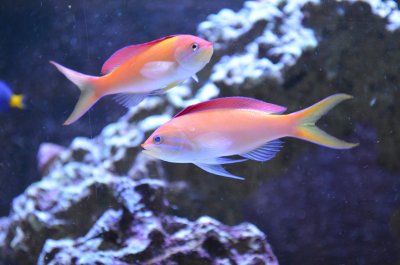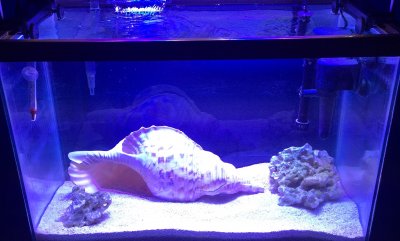Brew12
Electrical Gru
View BadgesExcellence Award
Reef Tank 365
Article Contributor
Moderator Emeritus
North Alabama Reef Club
Article Administrator
My Tank Thread
If you have 1 to 1.5ppm ammonia verified with 2 test kits, I'd just sit and wait. No need to add more only to have it stalled at a higher level imo.So I changed brands of test. I’ve used Salifert the last couple times. I’m just between 1 and 1.5 ppm ammonia and about 75 ppm nitrates. The ammonia not moving. Not sure what to do from here, other than a water change to lower nitrates. Haven’t measured nitrites as 2 different lfs told me it’s not necessary. Should I re-dose up to 2 or 3 ppm ammonia and see what happens?




















